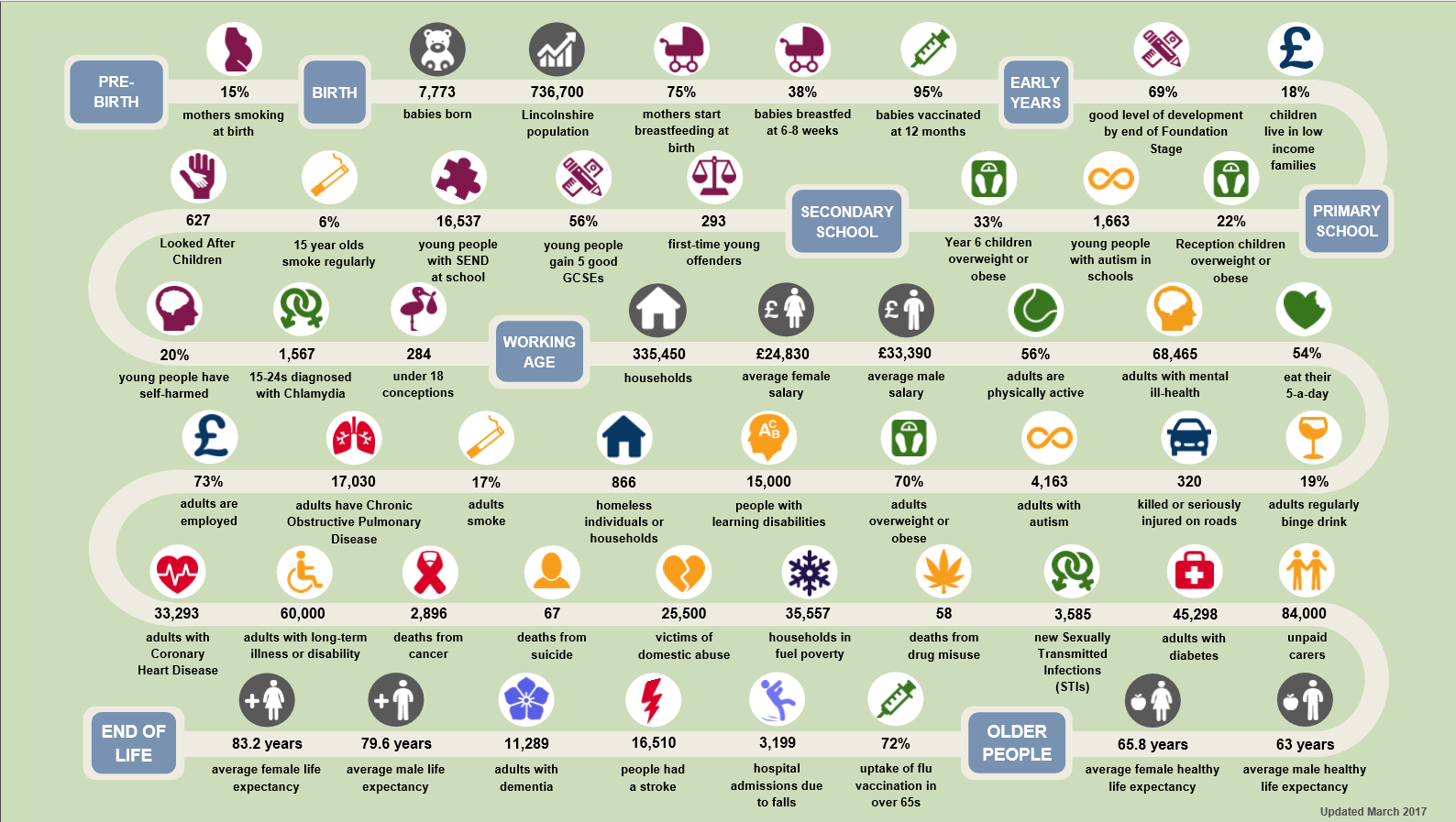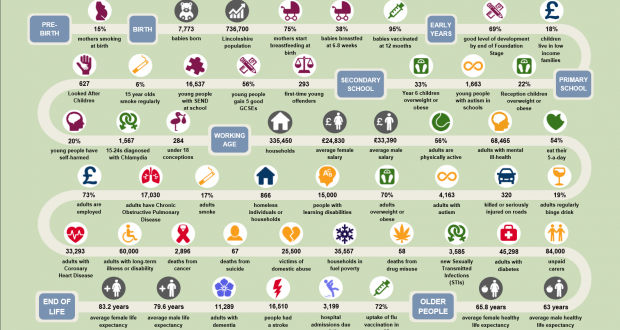Additionally it underlines an increasingly aged population – with people aged 65 and over expected to account for 25 per cent of the population by 2019 and rise to 28 per cent by 2029. Nationally it is expected to be 24 per cent by 2029.
A report to the Health Scrutiny Committee for Lincolnshire, which met last Wednesday, said the JSNA will be used to identify the priorities for the new Joint Health and Wellbeing Strategy, due for publication by next April.
It said: “It is imperative that the needs of the population now and over time are an intrinsic consideration for all bodies making decisions about service design and delivery.”
The assessment, published this month, said between 2005 and 2015, South Holland’s population grew by 11.6 per cent to an estimated 91,200. In Boston growth was 14.2 per cent.
In 2014-2015, inward migration in South Holland outweighed outward by 200 people, the report said.
Between 2014 and 2039, South Holland’s population is projected to see the second largest growth in the county at 17 per cent.
Adult activity rates are lower in South Holland than anywhere else in the county at 49.2 per cent and levels of overweight or obese adults in South Holland (70 per cent) are among the highest rates in the East Midlands, the assessment said. Additionally, Boston and South Holland have the highest proportion of long-term sickness related inactivity.
The assessment said 70 per cent of the increase in domestic violence incidents reported to police since 2011 have occurred in Boston, South Holland and East Lindsey, despite those districts only accounting for 40 per cent of all domestic abuse incidents in the county in 2011.
Other South Holland figures revealed are:
- 69 per cent of children achieve a good level of development at the end of the Early Years Foundation Stage, as at 2014/15
- 50 per cent of pupils achieved at least five good grades at GCSE, including English and maths in 2014/15, compared to 57 per cent nationally
- 13 per cent of pupils had special educational needs in 2016
- 53 per cent of people ate their five a day, compared to 54 per cent in Lincolnshire.
Consultation on the health commissioning strategy is being held at Pinchbeck Village Hall, on Thursday, July 6, 1pm to 4pm.
To attend, book via Lincolnshire County Council’s profile on www.eventbrite.co.uk

 The Voice of Spalding and South Holland
The Voice of Spalding and South Holland





Quote: “people aged 65 and over expected to account for 25 per cent of the population by 2019 and rise to 28 per cent by 2029.” Which is why Spalding needs to address the needs of those that must have disability accessible housing. Stop building bungalows that do not even conform to BS PartM 4 (2) , no more steps, too narrow corridors etc. Spalding build & redevelop bungalows so that anyone can live there. Build for an inclusive future ALL citizens old and young, abled bodied or disabled.